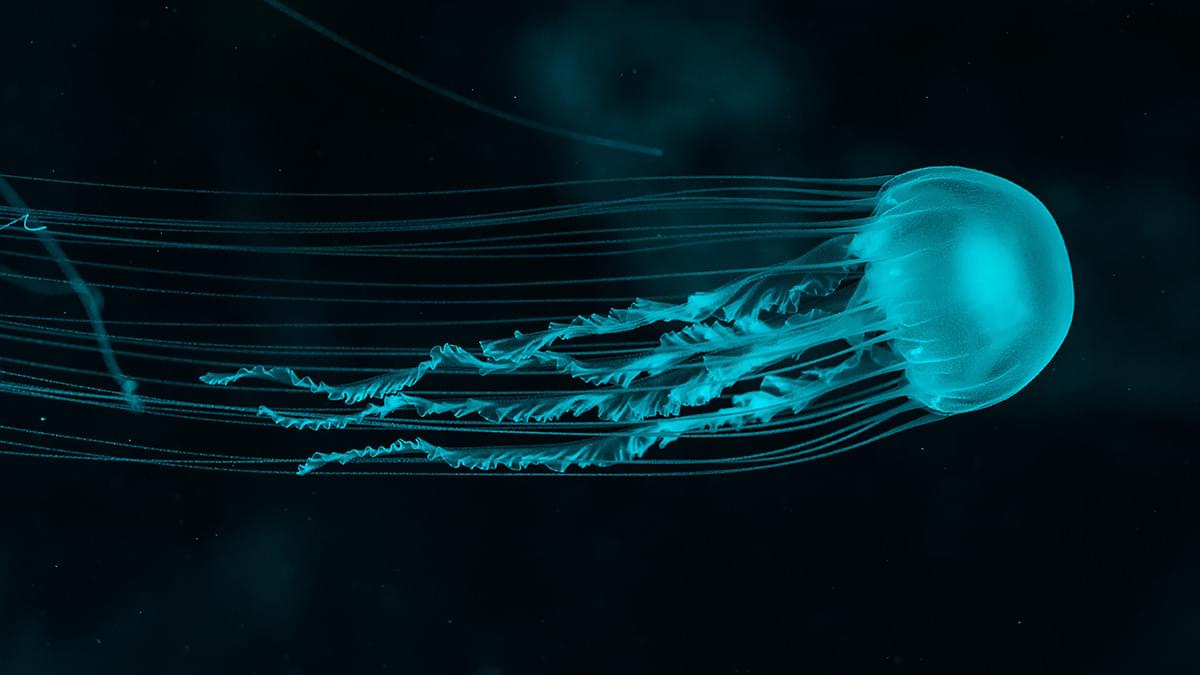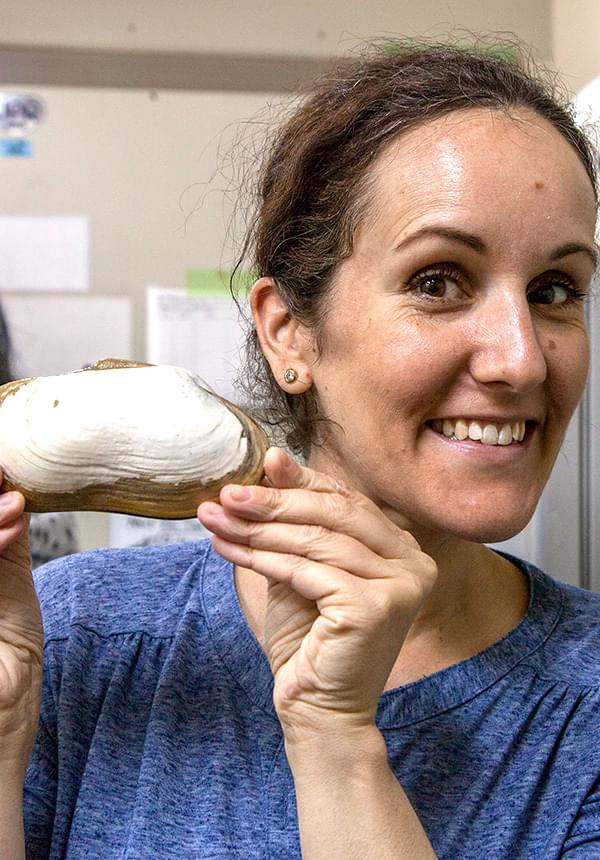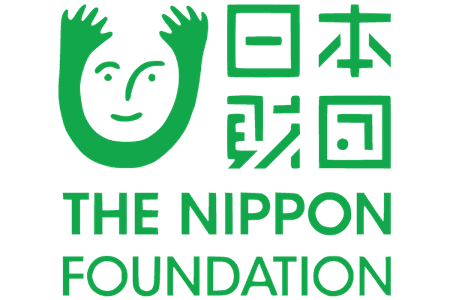



How do scientists discover new species?
Classes join the Ocean Census expedition team as they explore the depths around Tenerife to find new species.
In this live lesson, Dr Verity Nye will take students on a journey to share how scientists discover a new species. This involves solid primary science skills in identification, classification, and observation as well as being introduced to new ways of working with DNA.
The lesson will start off with everyone sharing their favourite species, and Dr Verity Nye may have to see how her own favourite compares.
Available on catch-up
- 45 mins
- KS2 / Ages 7-11
Broadcast on YouTube Live
Learning objectives
Define what a species is
Describe how scientists discover new species
Understand how scientists classify life
Apply the skills of identification, classification and observation to new species
Preparation
This lesson is part of Ocean Census Live 2023. Classes may enjoy the other live lessons being broadcast from Tenerife this year. No specific preparation is needed.
There are two student sheets to support the live learning to print out and share with students.
Once you have booked the live lesson, an interaction app will appear on this page (you may need to refresh your browser). You will be able to submit questions and take part in any pre-lesson polls or quizzes.
If you have never joined a live lesson before, visit the support centre where you can find a range of technical and educational information.
Lesson steps
1. Introduction (5 minutes)
We welcome classes to this live lesson for Ocean Census Live 2023, meeting our speaker. This is also a chance to go over the learning objectives for the lesson and cover digital housekeeping.
2. What is your favourite species? (10 minutes)
Classes submit their favourite species via the interaction app. Dr Verity Nye will then share her favourite species, explaining its unique characteristics and behaviours. Will there be an overall winner out of all the different species submitted?
3. How do you discover a new species? (10 minutes)
What is a species and how do you discover a new one? This section of the live lesson gives us a tour of the lab and shows students the process for identifying specimens and seeing if they are a new species or not. This process has been transformed by the use of DNA.
4. Why is discovering new ocean species important? (10 minutes)
Discovering new species is important to increase our understanding of the ocean, how it functions, and how humans can maintain its health. However, some ocean species discoveries stand out. Here, Verity takes us through her top three.
5. Q&A (10 minutes)
This is a chance for students to ask any questions they have about species, life in the ocean, or working as a scientist.
Speakers

Dr Verity Nye
Science Coordinator, Ocean Census
Ocean Census Founding Partners


How do scientists discover new species?
Classes join the Ocean Census expedition team as they explore the depths around Tenerife to find new species.
In this live lesson, Dr Verity Nye will take students on a journey to share how scientists discover a new species. This involves solid primary science skills in identification, classification, and observation as well as being introduced to new ways of working with DNA.
The lesson will start off with everyone sharing their favourite species, and Dr Verity Nye may have to see how her own favourite compares.
Available on catch-up
- 45 mins
- KS2 / Ages 7-11
Broadcast on YouTube Live
Learning objectives
Define what a species is
Describe how scientists discover new species
Understand how scientists classify life
Apply the skills of identification, classification and observation to new species
Preparation
This lesson is part of Ocean Census Live 2023. Classes may enjoy the other live lessons being broadcast from Tenerife this year. No specific preparation is needed.
There are two student sheets to support the live learning to print out and share with students.
Once you have booked the live lesson, an interaction app will appear on this page (you may need to refresh your browser). You will be able to submit questions and take part in any pre-lesson polls or quizzes.
If you have never joined a live lesson before, visit the support centre where you can find a range of technical and educational information.
Lesson steps
1. Introduction (5 minutes)
We welcome classes to this live lesson for Ocean Census Live 2023, meeting our speaker. This is also a chance to go over the learning objectives for the lesson and cover digital housekeeping.
2. What is your favourite species? (10 minutes)
Classes submit their favourite species via the interaction app. Dr Verity Nye will then share her favourite species, explaining its unique characteristics and behaviours. Will there be an overall winner out of all the different species submitted?
3. How do you discover a new species? (10 minutes)
What is a species and how do you discover a new one? This section of the live lesson gives us a tour of the lab and shows students the process for identifying specimens and seeing if they are a new species or not. This process has been transformed by the use of DNA.
4. Why is discovering new ocean species important? (10 minutes)
Discovering new species is important to increase our understanding of the ocean, how it functions, and how humans can maintain its health. However, some ocean species discoveries stand out. Here, Verity takes us through her top three.
5. Q&A (10 minutes)
This is a chance for students to ask any questions they have about species, life in the ocean, or working as a scientist.
Speakers

Dr Verity Nye
Science Coordinator, Ocean Census
Ocean Census Founding Partners

